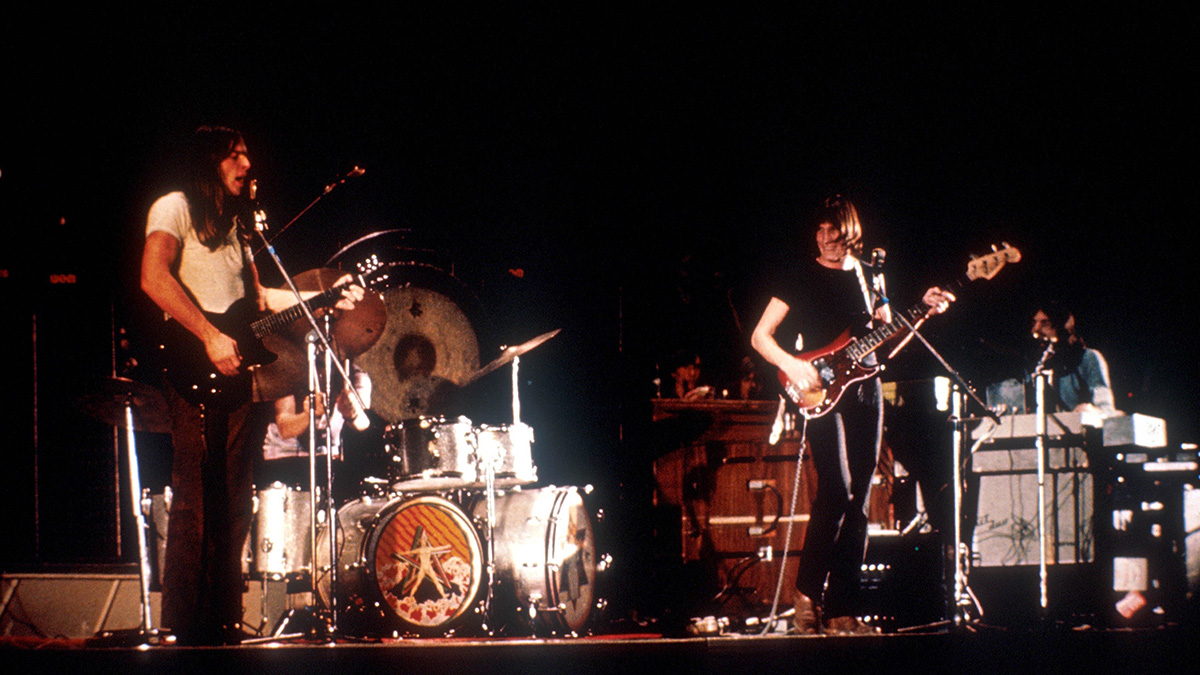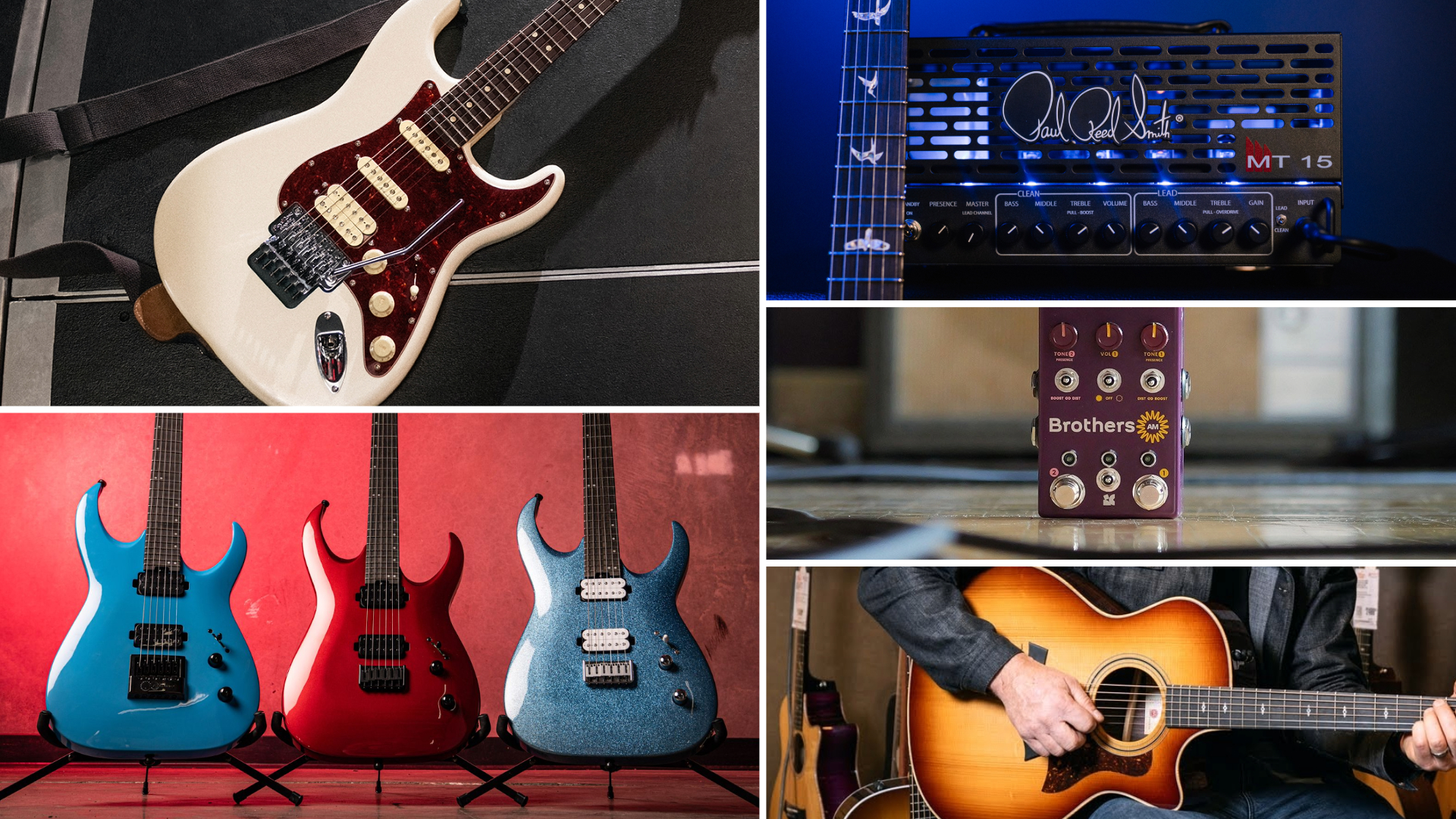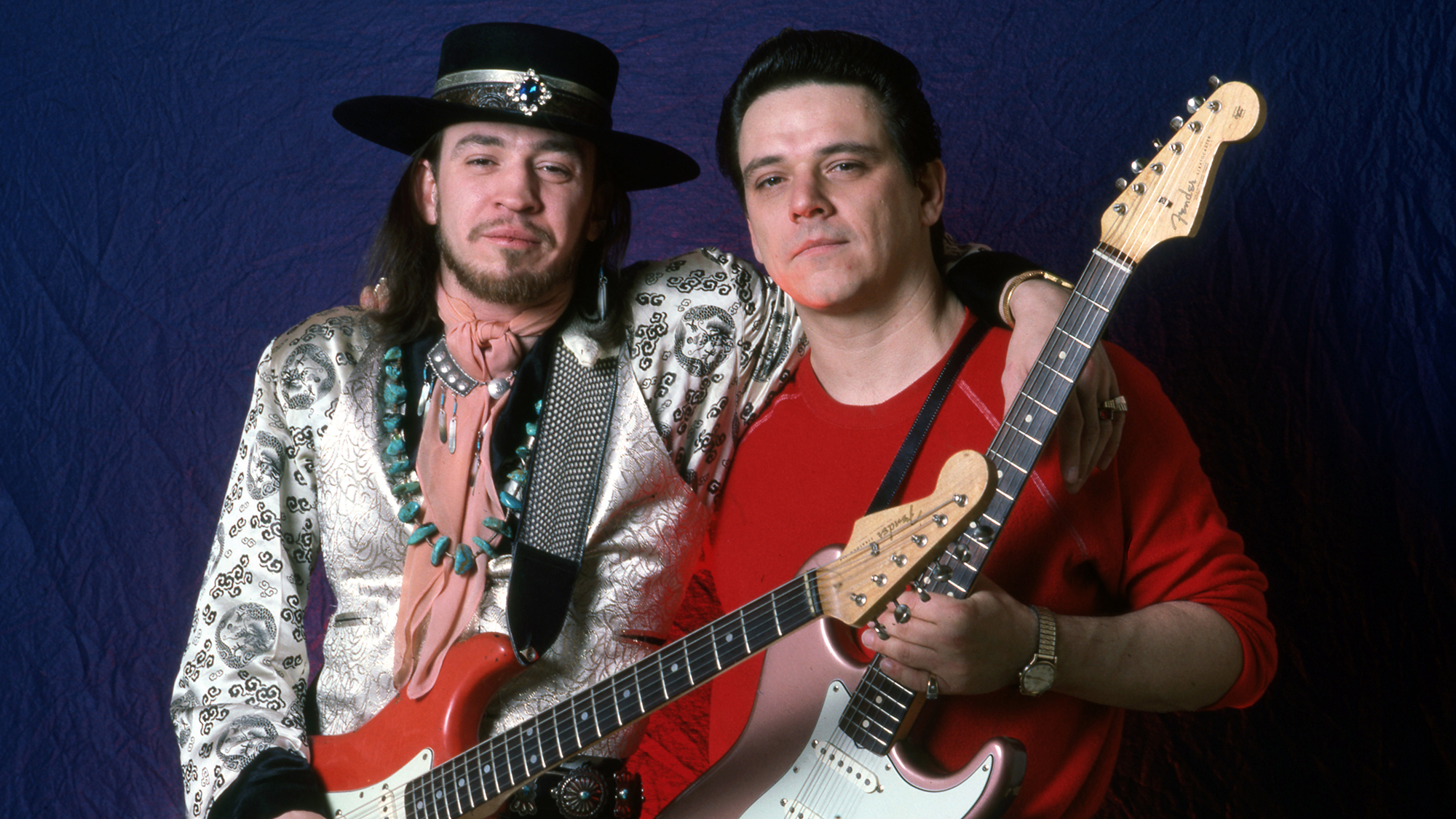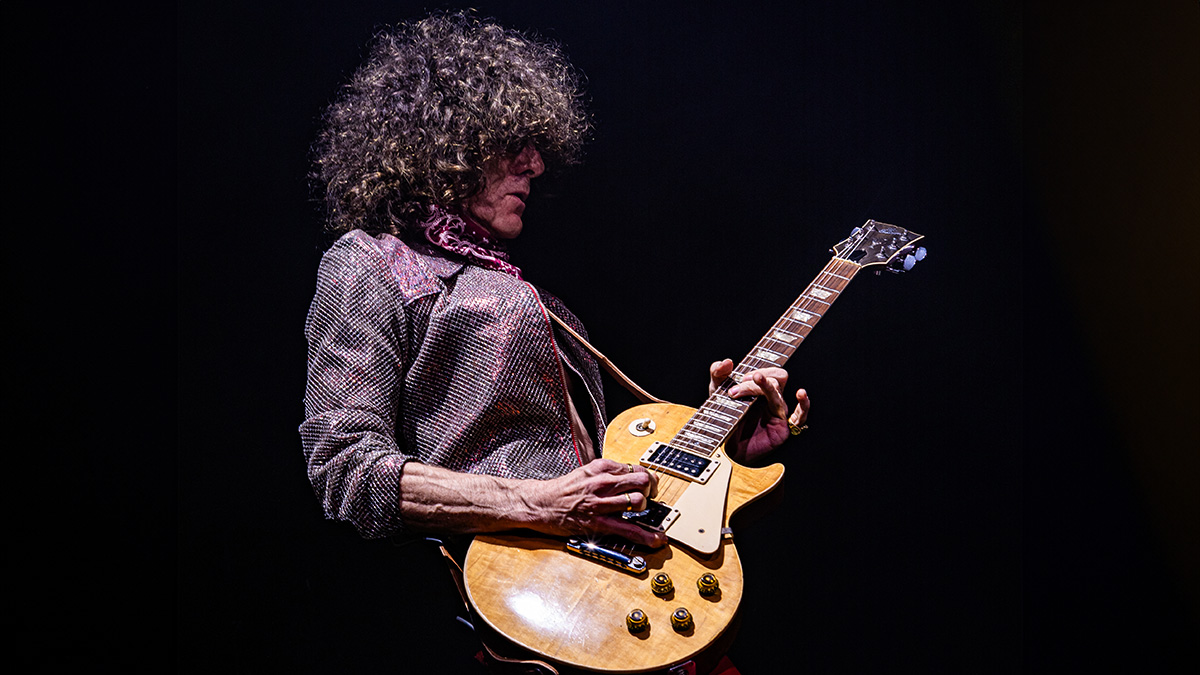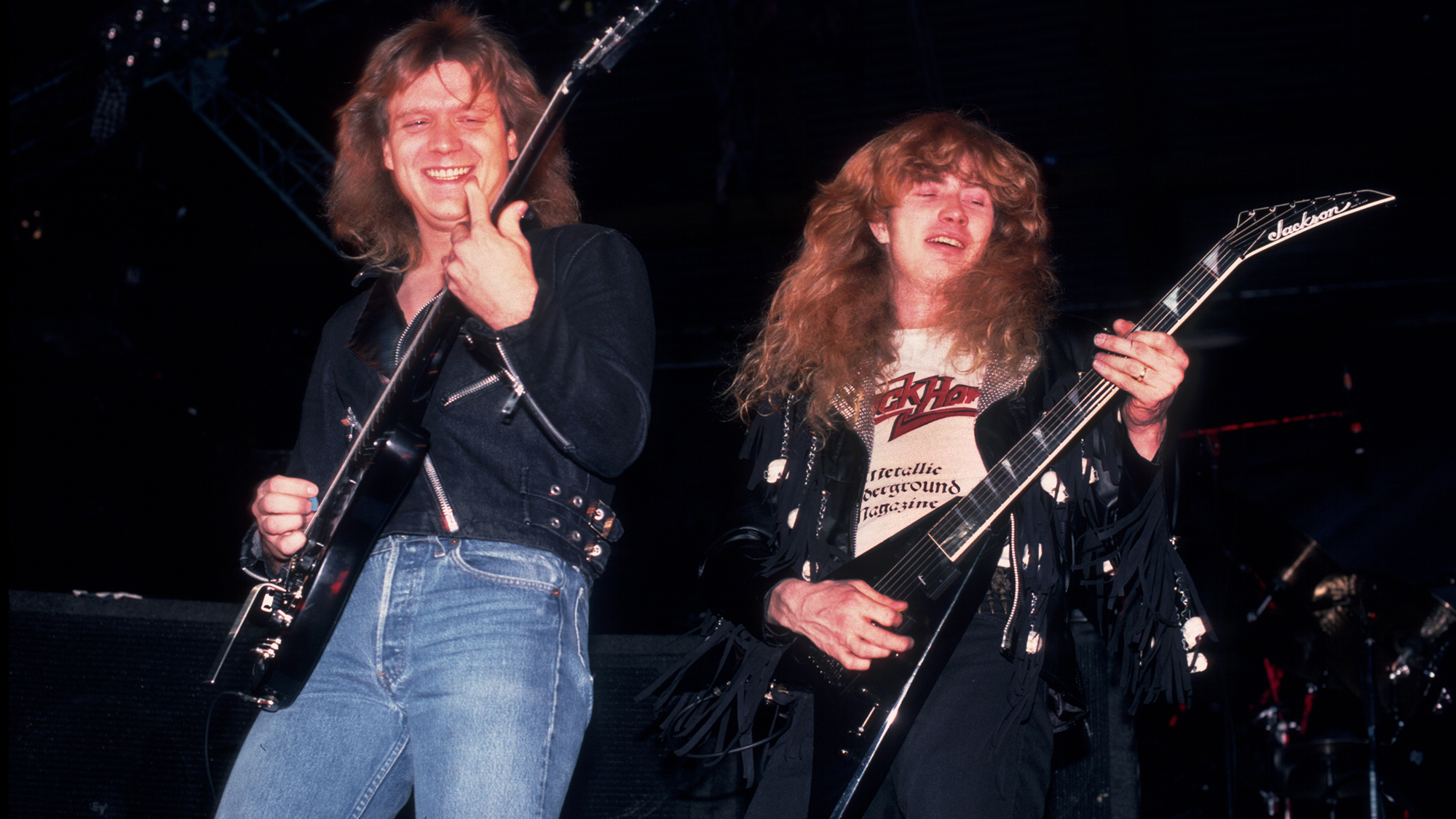The Contortionist's Cameron Maynard: Building a Tube Amp Guitar Rig with Flexibility in Mind

I'm relatively new to touring overseas, but, in the past few years, I've learned a lot about building a guitar rig that's going to work in any scenario imaginable.
That’s the main motive for me when it comes to designing a rig: the ability to integrate and adapt to any situation. You know the feeling when you get on stage and your gear doesn’t cooperate? You have to scramble to come up with a makeshift solution just to get through the night.
I've experienced technical difficulties on too many occasions, and each time I've learned from these occurrences. We're all trying our best to avoid Murphy’s Law, and I think I've found some great solutions.
First off, I use a Rocktron All Access MIDI Foot Controller to control my program changes. I always have the same patch layout on the pedal board, and this keeps patch-changing consistent. No matter how crazy I want the signal path to be, it will always sum up to a specific, corresponding number on the MIDI controller.
I also have a Voodoo Lab Control Switcher that allows MIDI signals to switch amplifier channels, settings, etc. This is key when we travel overseas or when any situation when I'm using a different amplifier. Using these in conjunction, I can always have my MIDI controller layout the same. Now I can stop fretting about all the switching systems of some tube amps and just spend more time playing them.
Also, for those of you who love to use some pedals for different flavors, I recommend using a patch bay, along with your MIDI controller, of course. With the ability to switch different pedals in/out, you always have the shortest, cleanest signal path for each preset sound you want. Having your pedals in a patch bay is also a good way to diagnose problems within your rig.
If you’ve ever had a bunch of pedals cabled together in series, you know how mysterious and elusive the problem can sometimes be. When I am using the patch bay, I can isolate each pedal (and cables linked to it) by pressing the buttons that correspond to each pedal. This way you can quickly and efficiently detect which piece of gear is truly at fault. This method of checking has saved my performance countless times, because it takes only a few seconds to diagnose, rather than minutes, which could mean cutting songs for time and wasting the audience’s time as well.
Get The Pick Newsletter
All the latest guitar news, interviews, lessons, reviews, deals and more, direct to your inbox!
If you’ve had it with technical difficulties and are in need of a new modus operandi, having all your custom gear in a nice box that can be integrated with all other parts of the rig is the best solution I can think of. This goes double for traveling via plane, or when you might be renting other gear you might not be used to.
I hope this helps those of you who are in the same boat, because I know it has influenced me to write this column. It is so much more fun to hear the different colors that there are out there, rather than the same thing every time. So, ladies and gentlemen, get out there and start becoming familiar with the world of guitar gear!
Cameron Maynard plays guitar in the Contortionist. For more about the band, follow them on Facebook.



